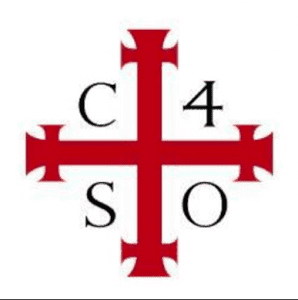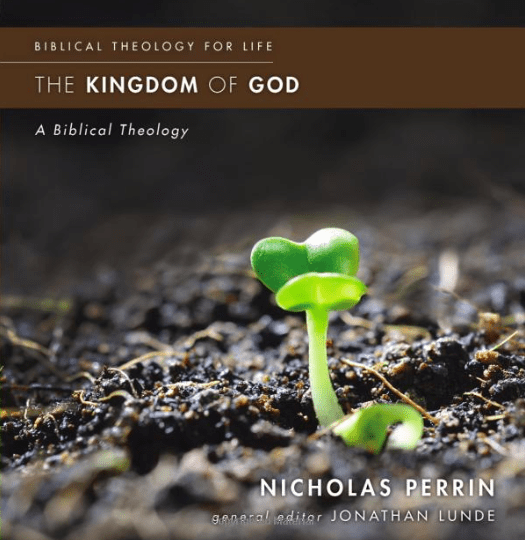From Hans Küng:
There’s no way to ignore the church’s desperate needs. There is a catastrophic shortage of priests, in Europe and in Latin America and Africa. Huge numbers of people have left the church or gone into “internal emigration,” especially in the industrialized countries. There has been an unmistakable loss of respect for bishops and priests, alienation, particularly on the part of younger women, and a failure to integrate young people into the church.
One shouldn’t be misled by the media hype of grandly staged papal mass events or by the wild applause of conservative Catholic youth groups. Behind the facade, the whole house is crumbling.
In this dramatic situation the church needs a pope who’s not living intellectually in the Middle Ages, who doesn’t champion any kind of medieval theology, liturgy or church constitution. It needs a pope who is open to the concerns of the Reformation, to modernity. A pope who stands up for the freedom of the church in the world not just by giving sermons but by fighting with words and deeds for freedom and human rights within the church, for theologians, for women, for all Catholics who want to speak the truth openly. A pope who no longer forces the bishops to toe a reactionary party line, who puts into practice an appropriate democracy in the church, one shaped on the model of primitive Christianity. A pope who doesn’t let himself be influenced by a Vatican-based “shadow pope” like Benedict and his loyal followers.
Where the new pope comes from should not play a crucial role. The College of Cardinals must simply elect the best man. Unfortunately, since the time of Pope John Paul II, a questionnaire has been used to make all bishops follow official Roman Catholic doctrine on controversial issues, a process sealed by a vow of unconditional obedience to the pope. That’s why there have so far been no public dissenters among the bishops.
It was the work of Ratzinger’s subsequent career, first as John Paul II’s doctrinal policeman and then as his successor, to re-establish where Catholicism actually stood. This was mostly a project of reassertion: yes, the church still believes in the Resurrection, the Trinity and the Virgin birth. Yes, the church still opposes abortion, divorce, sex outside of marriage. Yes, the church still considers itself the one true faith. And yes — this above all, for a man whose chief gifts were intellectual — the church believes that its doctrines are compatible with reason, scholarship and science.
It was understandable that this project made Ratzinger many enemies. It turned him into a traitor to his class, since it involved disciplining theologians who had been colleagues, peers and rivals. It disappointed or wounded the many Catholics who couldn’t reconcile the church’s teachings with their post-sexual-revolution lives. And it obviously did not solve the broad cultural challenges facing institutional Christianity in the West.
But it did stabilize Catholicism, especially in America, to an extent that was far from inevitable 40 years ago. The church’s civil wars continued, but without producing major schisms. Mass attendance stopped its plunge and gradually leveled off, holding up even during some of the worst sex abuse revelations. Vocations likewise stabilized, and both ordinations and interest in religious life have actually risen modestly over the last decade. Today’s American Catholics, while deeply divided, are more favorably disposed to both the pope emeritus and the current direction of the church than press coverage sometimes suggests.










